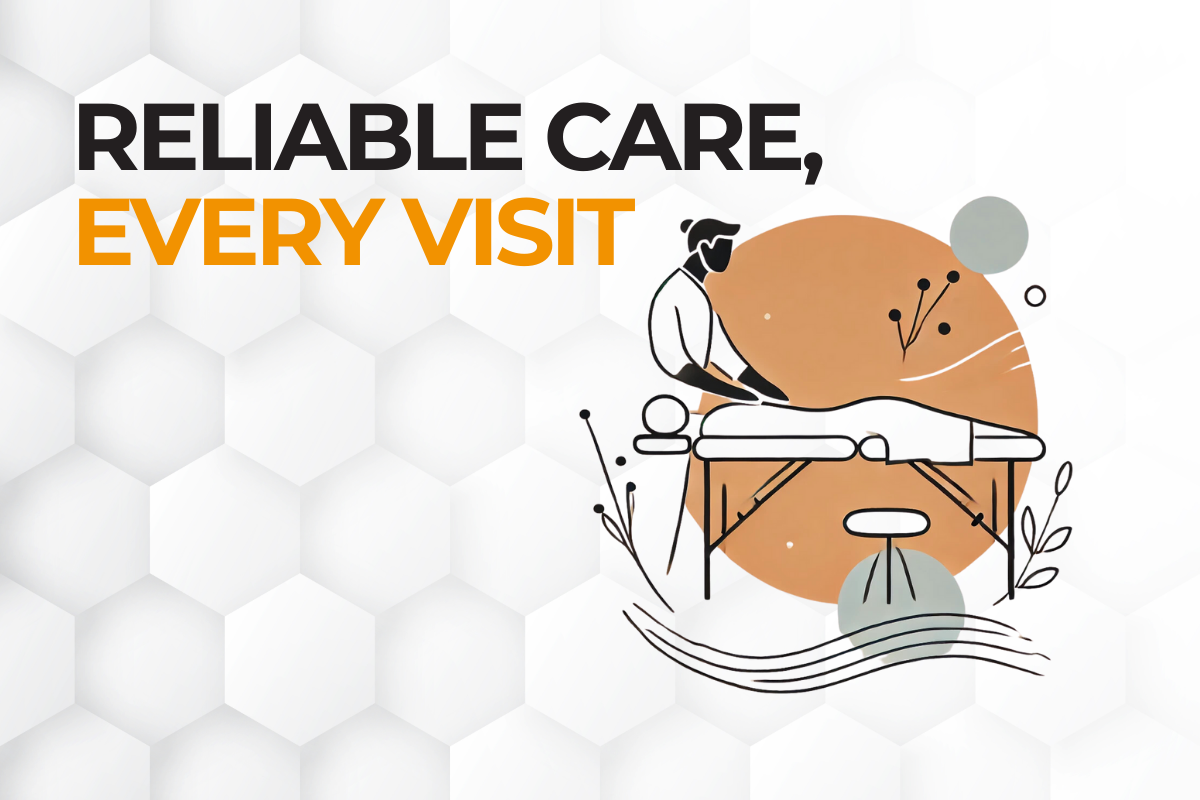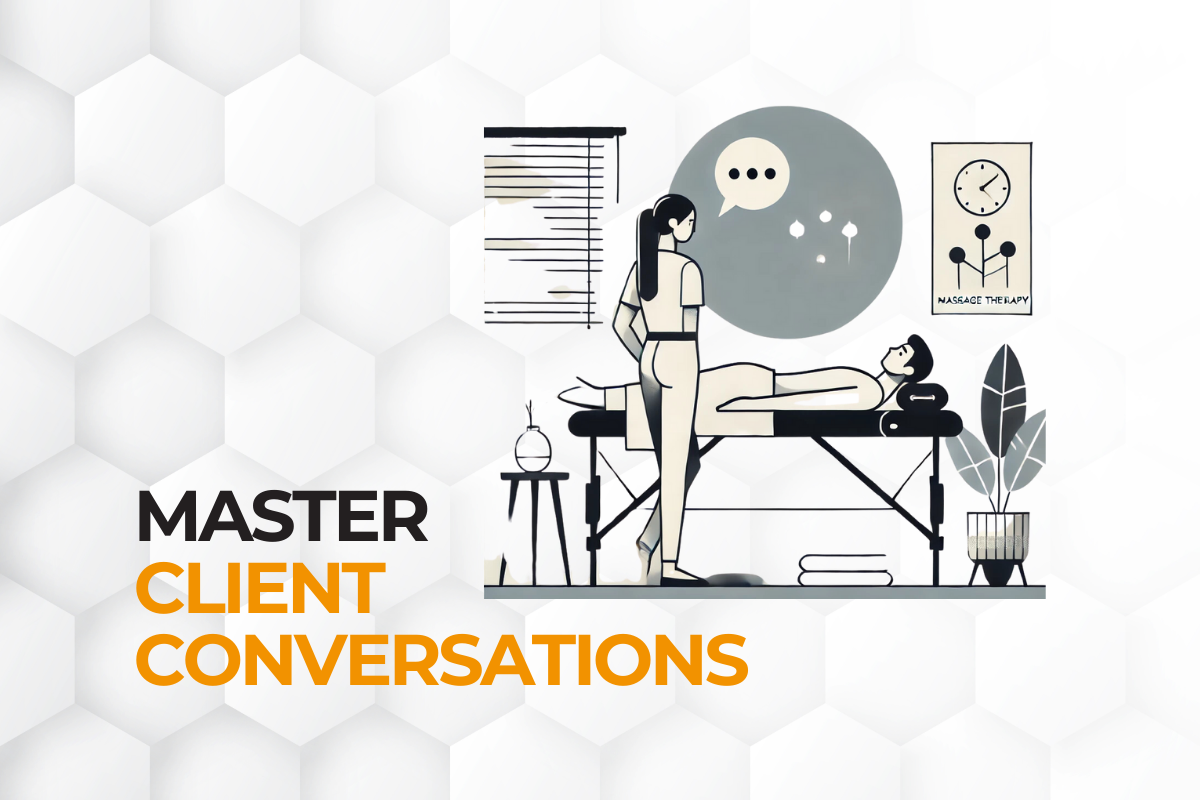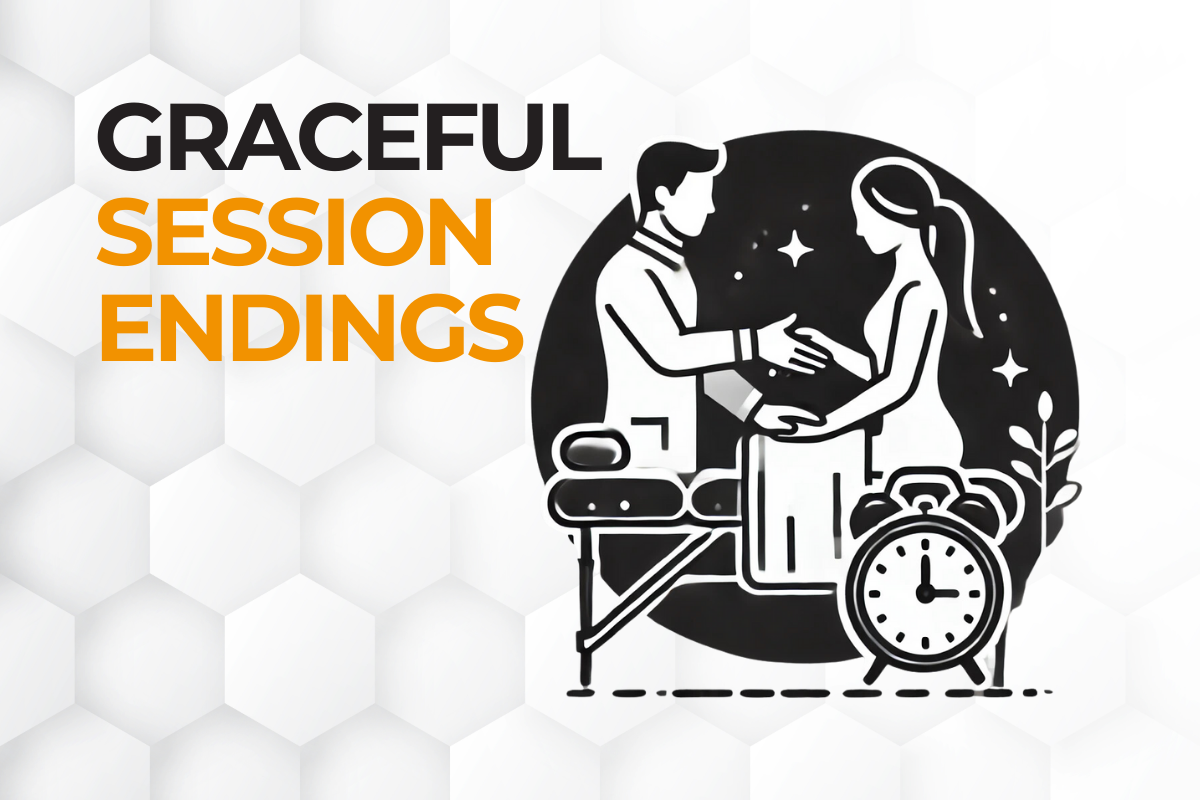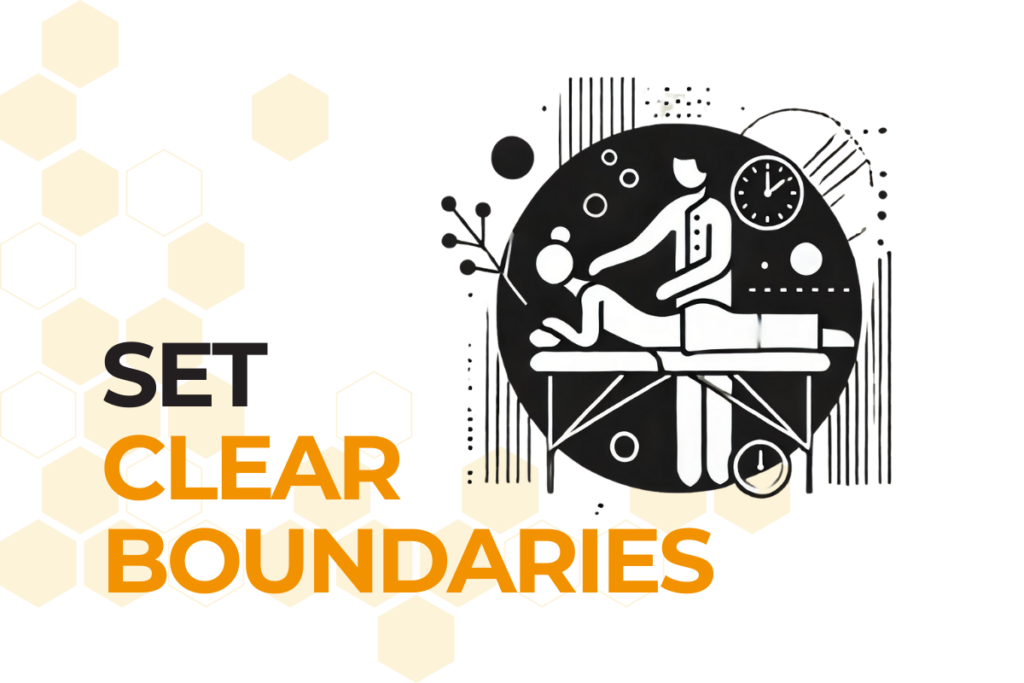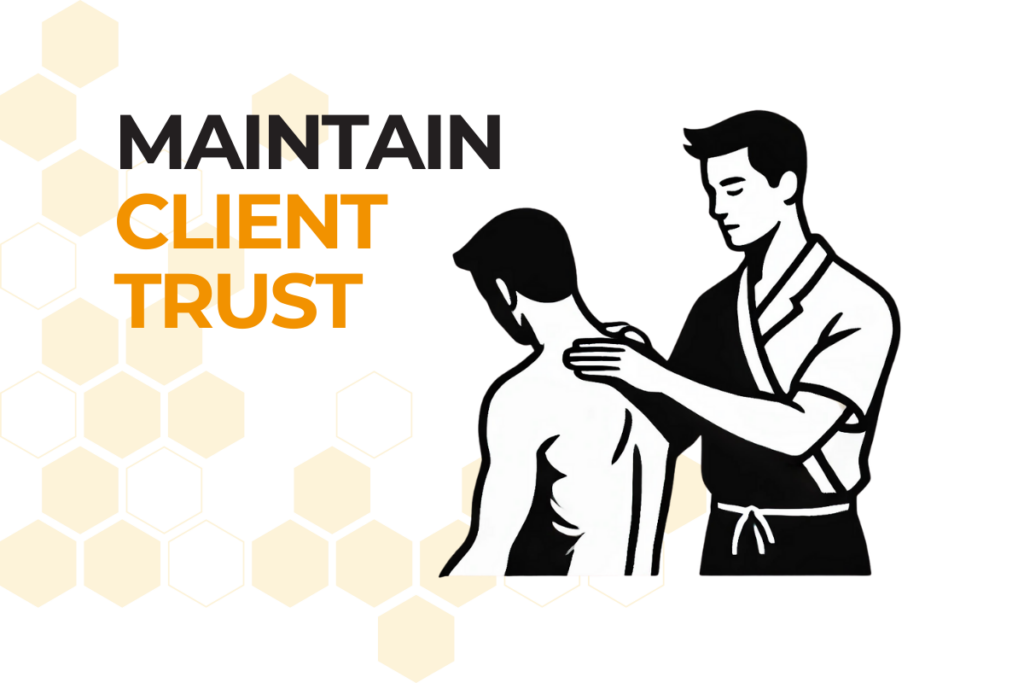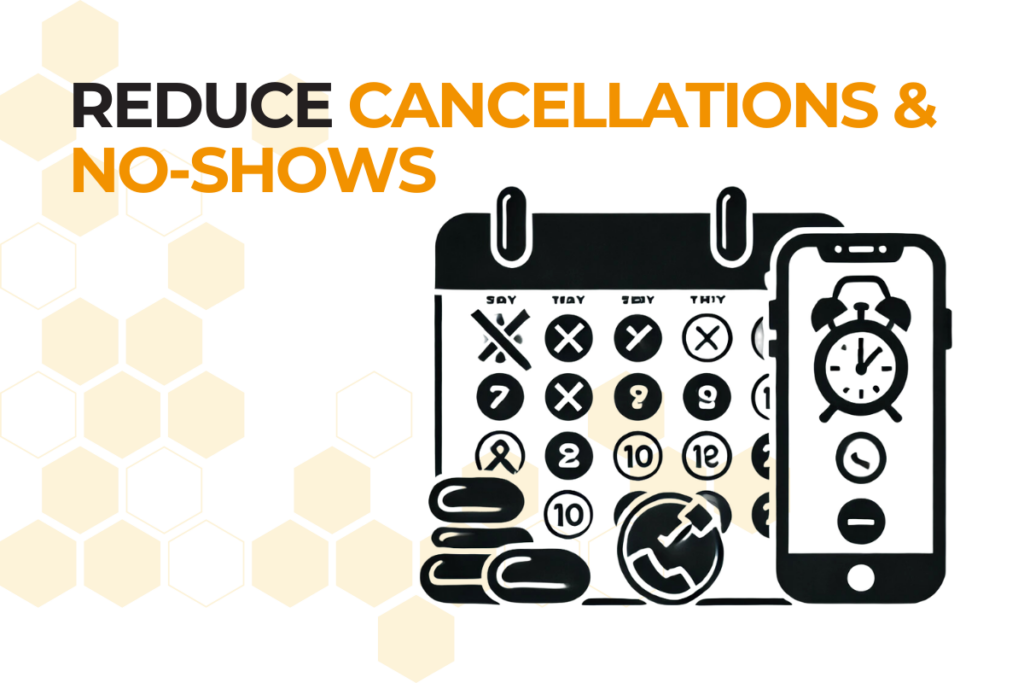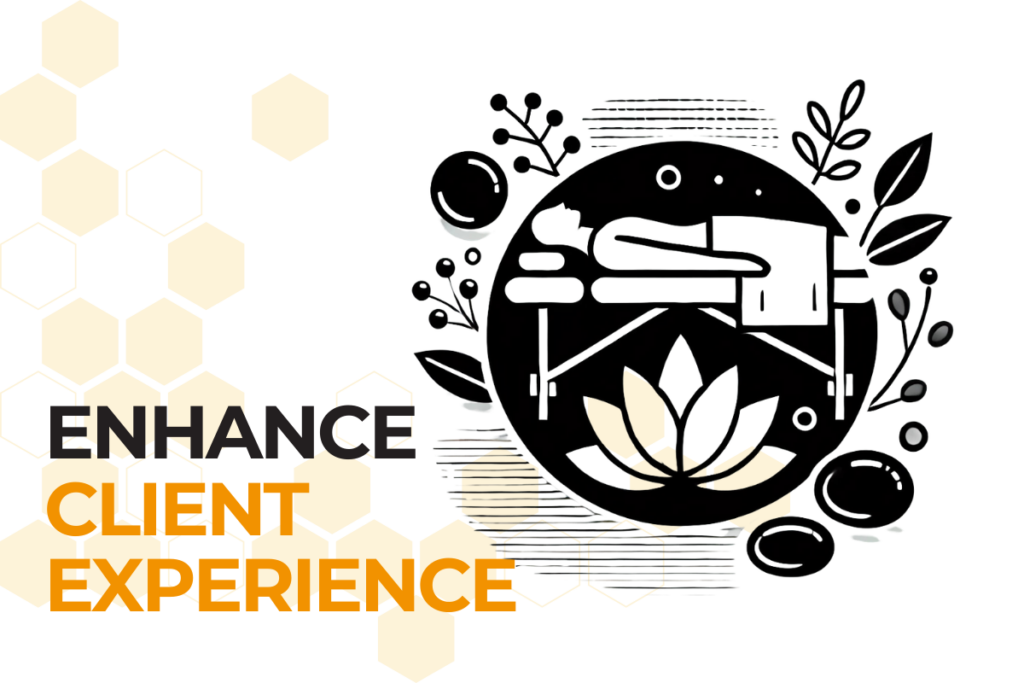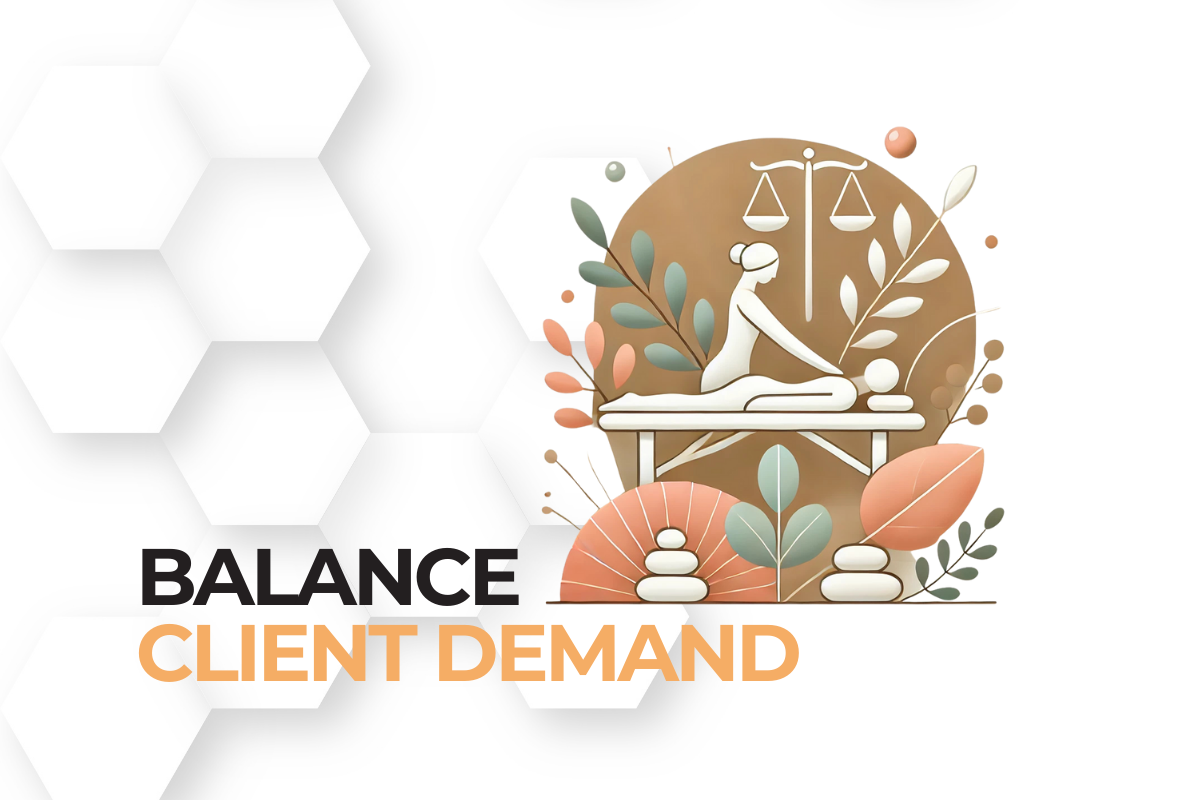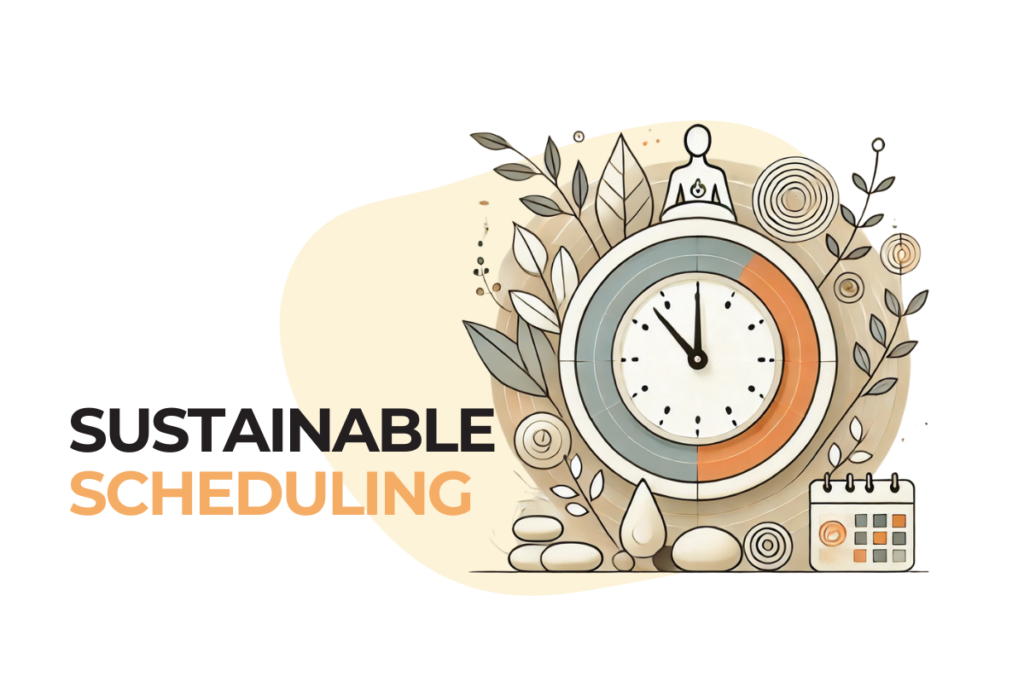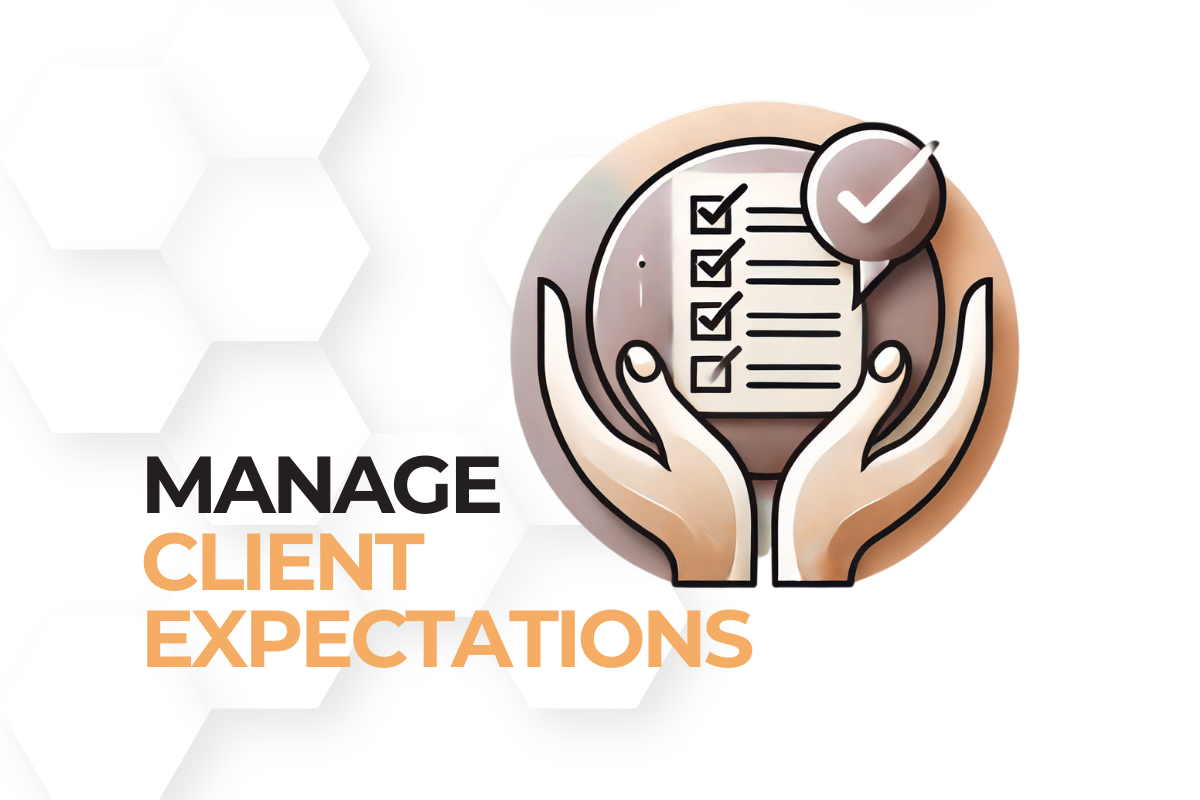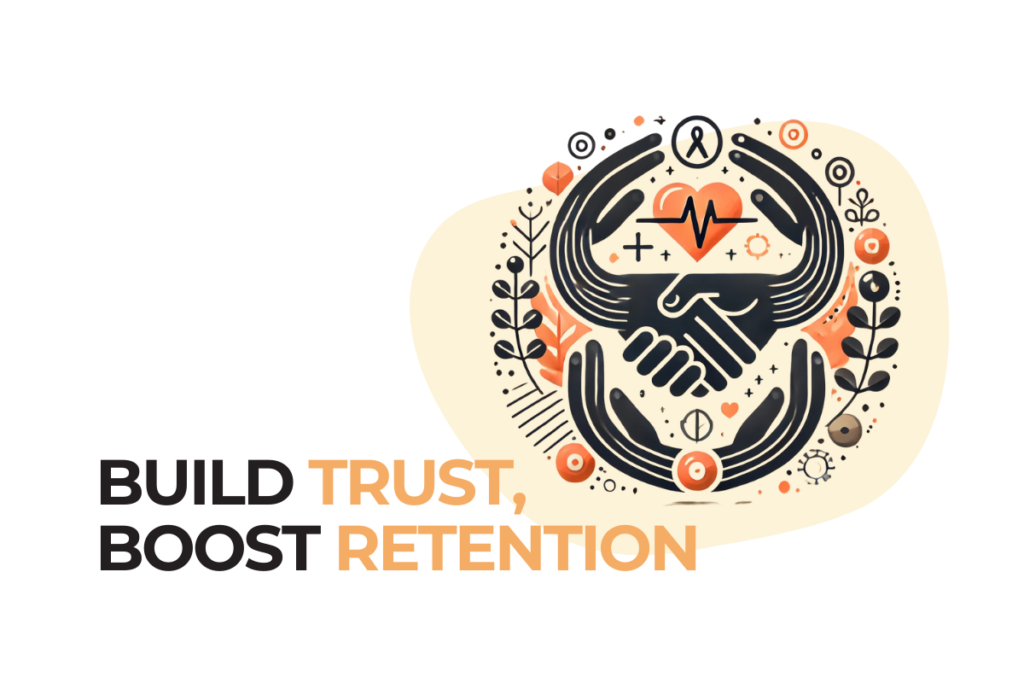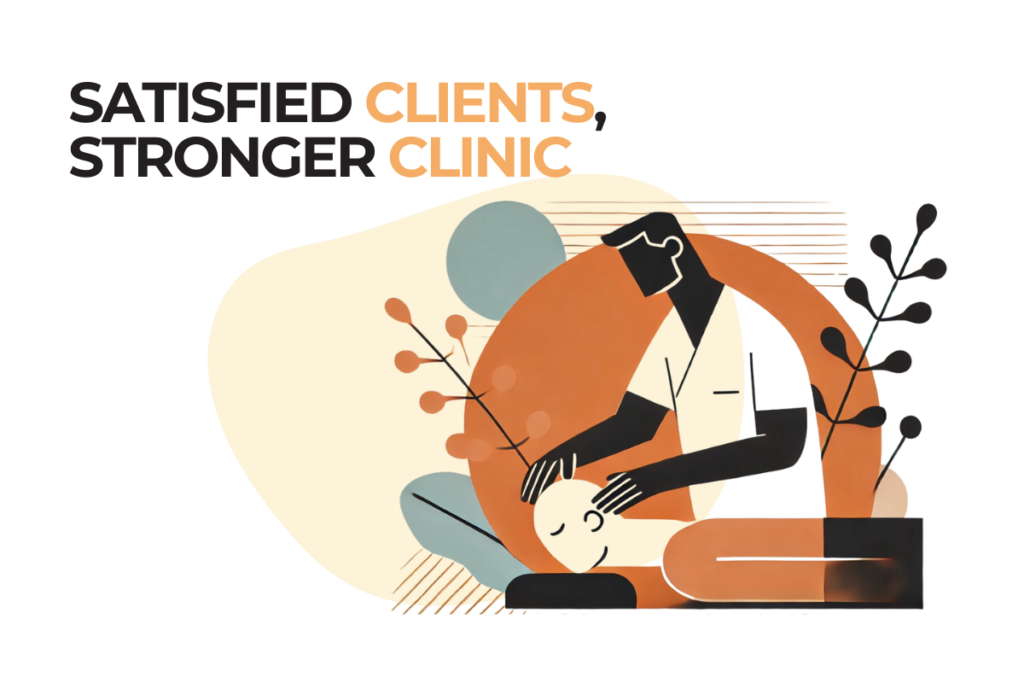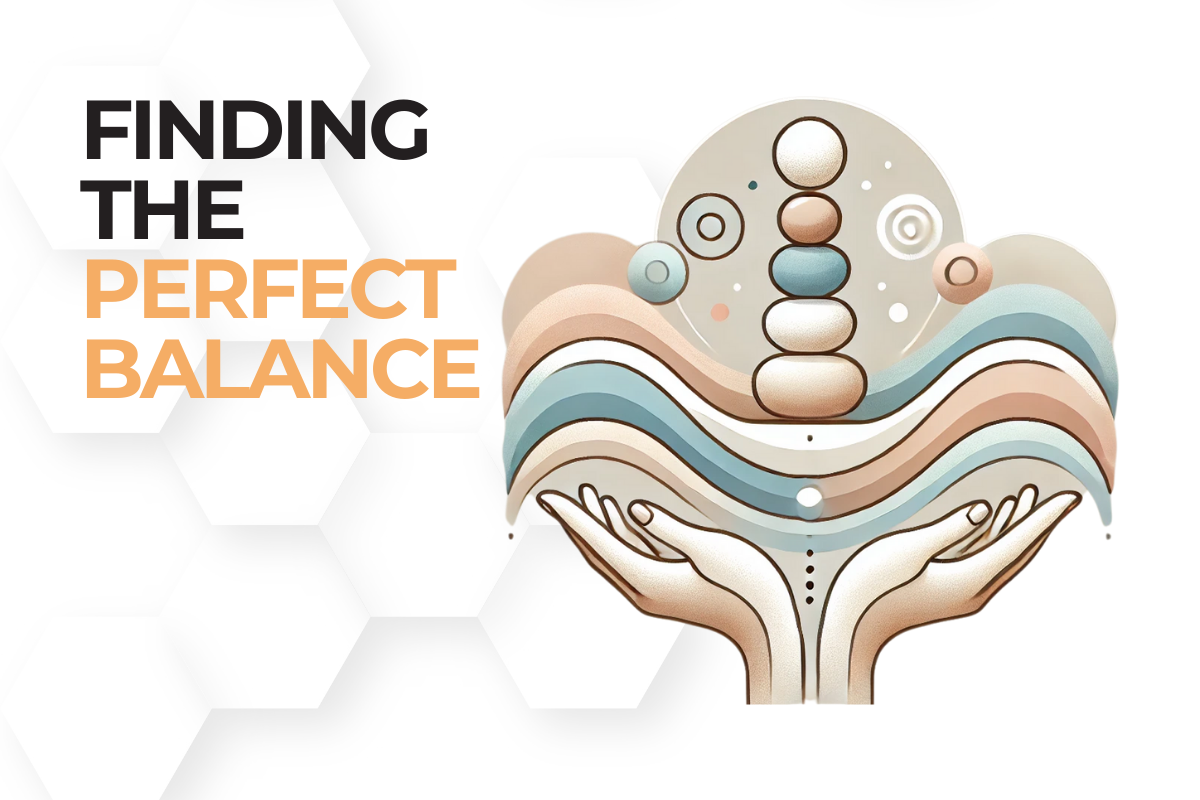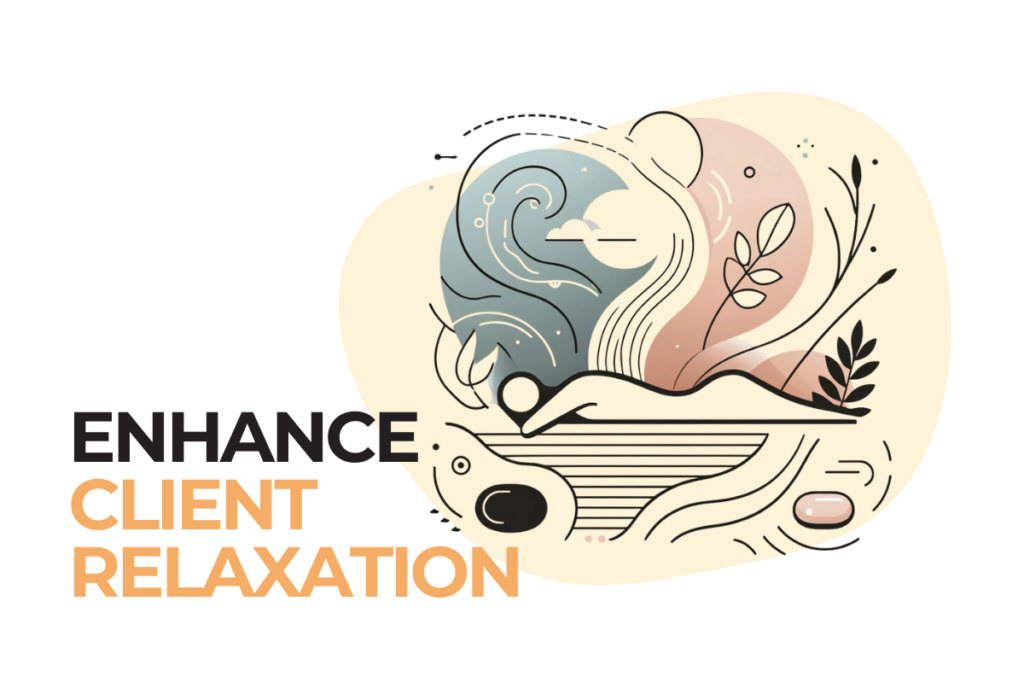Master Common Challenges to Boost Client Loyalty and Satisfaction
Did you know that 86% of customers are willing to pay more for a better customer experience? This statistic highlights a vital truth: delivering consistent service quality in massage therapy isn’t just about meeting expectations—it’s about exceeding them to foster loyalty and drive growth. In the competitive world of massage therapy, where clients often have numerous options, consistent service quality becomes the cornerstone of retention, reputation, and referrals. However, even minor inconsistencies—such as varying therapist techniques, communication gaps, or overlooked client preferences—can erode trust, lead to dissatisfaction, and result in negative reviews that harm your clinic’s reputation.
These challenges not only impact repeat business but can also hinder your ability to attract new clients. In this article, we’ll uncover the key barriers to delivering a seamless client experience and provide actionable strategies to ensure every client receives the same exceptional care—every time they visit your clinic. Whether you’re a seasoned clinic owner or just starting, these insights will help you refine your operations and stand out in a crowded market.
Why Consistency Matters for Your Clinic
Consistency is the backbone of ensuring consistent service quality in massage therapy, which builds trust and enhances your clinic’s reputation.It builds trust, fosters loyalty, and enhances your clinic’s reputation as a reliable provider of exceptional care. For clients, a predictable and seamless experience instills confidence, making them more likely to return and recommend your services to others. Even minor variations—like differences in technique, communication, or attention to detail—can create a sense of unpredictability that erodes trust and leaves clients searching for alternatives.
By prioritizing consistent, high-quality service, you meet and exceed client expectations, solidifying your clinic as their go-to choice. Moreover, a commitment to consistency not only strengthens client relationships but also streamlines operations, reduces staff turnover, and establishes the foundation for sustainable growth in an increasingly competitive industry.
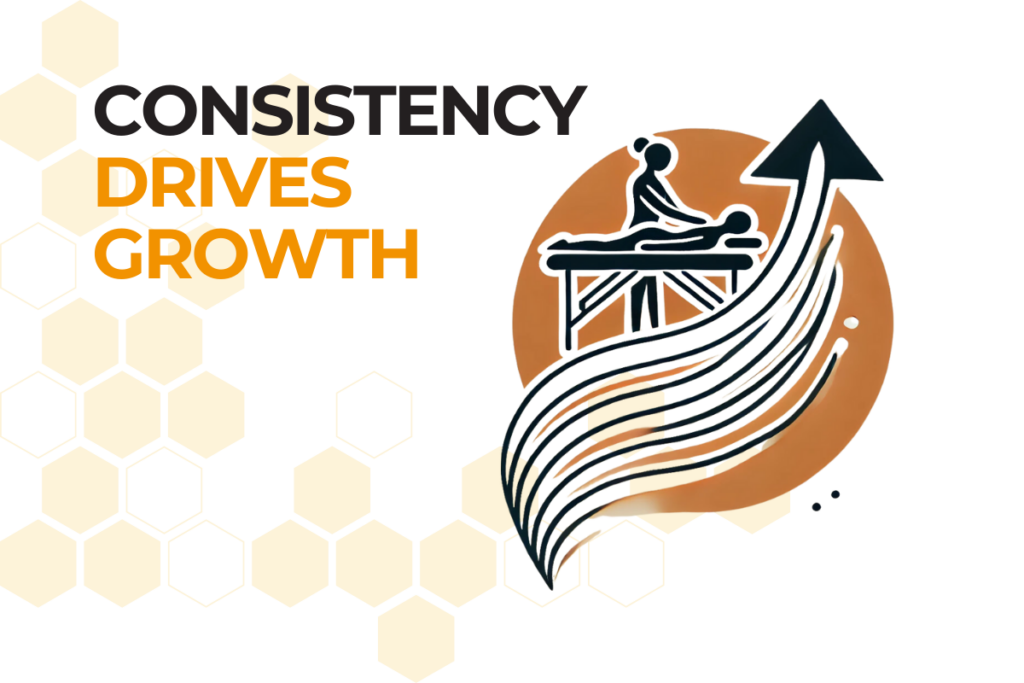
Pinpointing the Root Challenges
Variable Skill Levels Among Therapists
Each therapist brings a unique style to their work, but this can sometimes lead to inconsistent client experiences.
Example: A client requests a deep tissue massage but experiences varying pressure levels from different therapists, leaving them uncertain about what to expect.
Lack of Standardized Procedures
Without clear guidelines, service delivery may differ significantly from one therapist to another.
Example: One therapist offers complimentary aromatherapy, while others do not, creating confusion and unmet expectations.
Communication Gaps
Miscommunication between staff and clients can lead to unmet expectations, causing frustration and dissatisfaction.
Example: A client’s request for focus on a specific area isn’t communicated from the front desk to the therapist, resulting in an incomplete treatment.
High Staff Turnover
Frequent changes in staff can disrupt continuity and client relationships.
Example: A new therapist is unaware of a regular client’s preferences, resulting in a less personalized experience.
Therapist Burnout
Overworked staff often struggle to maintain consistent service quality.
Example: Fatigue can cause therapists to deliver subpar treatments, leaving clients dissatisfied and less likely to return.
Strategies to Ensure Consistent Excellence
Implement Comprehensive Training Programs
Equip your team with the skills and knowledge to deliver high-quality service consistently.
Action Steps:
- Develop a Training Manual: Outline detailed protocols and expectations for all services. Learn about the benefits of Standard Operating Procedures (SOPs) in service industries.
- Schedule Regular Training Sessions: Keep staff updated on new techniques and best practices.
- Encourage Continuing Education: Support certifications and advanced workshops to enhance expertise.
Develop and Enforce Standard Operating Procedures (SOPs)
Standardized processes ensure consistency across all touchpoints of the client experience.
Action Steps:
- Document All Procedures: Include client intake, session protocols, and aftercare recommendations.
- Regularly Review and Update: Adapt procedures based on feedback and industry trends.
- Ensure Accessibility: Make SOPs easily accessible to all staff for quick reference.
Enhance Internal Communication
Seamless communication among staff ensures everyone is aligned and informed.
Action Steps:
- Use Collaboration Tools: Implement platforms like Slack or Microsoft Teams for real-time updates.
- Hold Regular Meetings: Discuss new updates, client feedback, and any challenges.
- Create Client Profiles: Share detailed client preferences and history with the team for personalized care.
Explore how integrated messaging can streamline communication in your clinic.
Focus on Employee Retention
Building a happy, committed team reduces turnover and maintains service quality.
Action Steps:
- Offer Competitive Benefits: Provide health insurance, paid leave, and other perks.
- Recognize Achievements: Implement a recognition program to reward excellence.
- Provide Growth Opportunities: Offer paths for career advancement within the clinic.
Monitor and Manage Therapist Workloads
Balanced workloads prevent burnout and sustain high-quality service delivery.
Action Steps:
- Set Realistic Schedules: Avoid overbooking therapists to maintain energy and focus.
- Encourage Breaks: Allow sufficient time for rest between sessions.
- Provide Wellness Resources: Offer stress management tools and activities for staff.

Leveraging Technology for Consistency
Adopt Client Management Software
Streamline client records and enhance service personalization.
Action Steps:
- Implement CRM Systems: Centralize client history and preferences in one platform.
- Automate Reminders: Send timely appointment confirmations and follow-ups.
- Analyze Data: Use client insights to improve service offerings and address pain points.
Learn how our CRM tools can help enhance your client relationships.
Utilize Online Booking Systems
Enhance accuracy and client convenience with robust scheduling tools.
Action Steps:
- Offer Online Scheduling: Let clients book and manage appointments online.
- Sync Calendars: Ensure bookings align with therapists’ schedules.
- Customize Booking Options: Allow clients to select preferred therapists and services.
Tracking Progress and Refining Strategies
Monitor Key Performance Indicators (KPIs)
Track measurable outcomes to assess service consistency and effectiveness.
Metrics to Monitor:
- Client retention rates
- Client satisfaction scores
- Number of complaints or service issues
- Therapist turnover rates
Stay Flexible and Responsive
Continuously improve based on data and feedback.
Action Steps:
- Conduct Client Surveys: Regularly collect feedback to identify improvement areas.
- Hold Staff Evaluations: Provide constructive feedback and discuss goals.
- Update Procedures: Implement changes to address identified gaps in service.
Building a Foundation for Sustainable Growth
By tackling the root causes of service inconsistencies and adopting proven strategies, you can transform your clinic into a trusted destination for dependable, high-quality care. Consistency not only enhances client satisfaction but also builds loyalty, generates positive word-of-mouth, and bolsters your clinic’s reputation in a competitive market. A commitment to delivering a seamless and predictable experience empowers your team, optimizes operations, and sets the stage for sustained growth and success.
Frequently Asked Questions
Establish core service standards while allowing therapists to personalize their approach within those guidelines. This ensures consistency without stifling individual strengths.
Collaboration platforms like Slack or Microsoft Teams enhance real-time communication. A CRM system centralizes client information, ensuring it’s accessible to all staff.
Use post-session surveys or digital forms to collect client feedback. Analyze responses for trends and implement changes to improve services.
Provide competitive compensation, prioritize professional development, and foster a positive work culture that values employee contributions.


